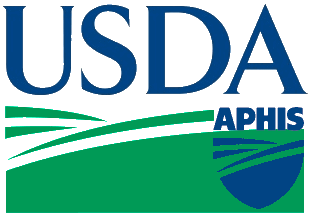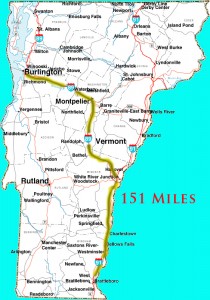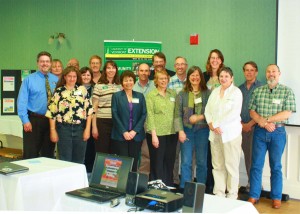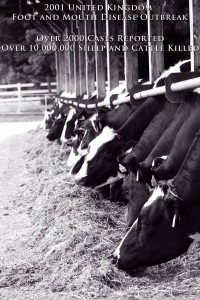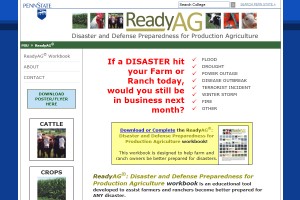
ReadyAG is a multi-state collaborative project which utilizes the expertise of Cooperative Extension professionals from multiple land grant universities in development of a set of disaster planning and continuity of operations worksheets for each of the major agriculture commodities.
ReadyAG is multi-state collaborative project has utilized the expertise of Cooperative Extension professionals from multiple land grant universities in development of a set of disaster planning and continuity of operations worksheets for each of the major agriculture commodities.
There are things—big and little—on a dairy farm that can lead to disruptions, interruptions, or catastrophes. Are you ready? Dave Filson of Penn State University pointedly asks: “If a disaster hit your farm or ranch today, would you still be in business next month?”
Dave led a multi-state, multi-commodity effort funded by USDA NIFA Special Needs to identify the critical points on farms and develop a check list to help prioritize actions that need taken to improve resilience* of individual operations. The assessment tool is available at . If completed online, the action plan will automatically fill with the control points that have not been completed, then the user can fill in the specifics on how the item will be addressed and by when. The tool has a general section that is broadly applicable to most types of farms followed by sections specific to dairy, beef, swine, poultry, fruit and vegetables, and crops. The user can select which sections apply and only those will populate the online interface. Check it out and let me know if you have any questions or suggestions!
* I paraphrase the definition of resilience as “the ability to adapt to and survive disruptive change.”


